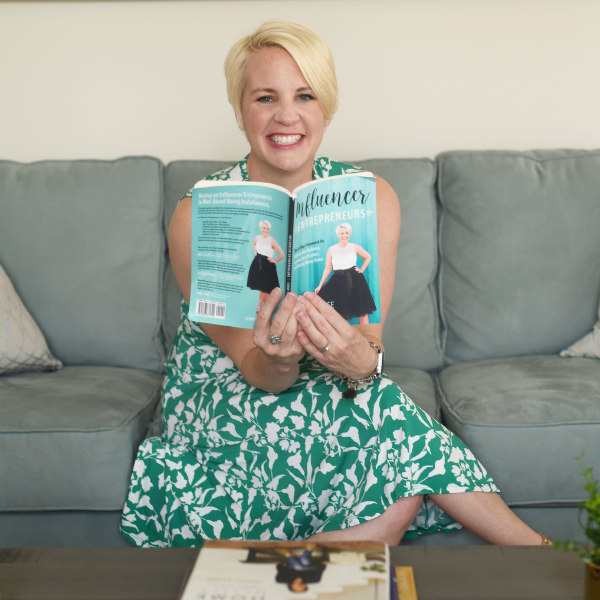In the customer journey, there are three critical phases that every business owner should understand: awareness, consideration, and decision.
IE 450: Understanding the Consideration Stage: How to Guide Potential Buyers Toward a Confident Choice

In our previous discussion, we explored the awareness stage, where potential customers first recognize they have a problem.
Today, we’re diving deep into the consideration stage – that crucial middle ground where prospects are actively researching solutions and comparing options before making their final decision.
What Is the Consideration Stage?
The consideration stage marks a significant shift in your audience’s mindset.
Unlike the awareness stage where they’re still identifying their problem, consideration-stage prospects fully understand their challenges and are actively seeking solutions.
Key Buyer Behaviors in the Consideration Stage
They’re conducting research, comparing different programs, and trying to determine which option will best solve their specific problem.
This is why your content strategy must evolve to address their new needs and questions.
Random social media content that worked well for awareness won’t be as effective here – consideration-stage content typically performs better on your website and through email marketing channels where deeper engagement happens.
Content That Works in the Consideration Stage
Creating effective consideration-stage content requires a strategic approach.
Webinars, workshops, and challenges work exceptionally well during this phase because they allow you to demonstrate your expertise while giving prospects a taste of the transformation you offer.
These interactive formats let potential customers experience a “mini-transformation” that builds confidence in your ability to deliver the full solution they need.
Another powerful content type is comparison guides – content that thoughtfully contrasts your solution with alternatives (without naming competitors directly).
This helps prospects understand your unique value proposition and how your approach differs from other options they’re considering.
Messaging Strategy for the Consideration Stage
Your messaging during the consideration stage should emphasize transformation and empathy.
Prospects need to see that you understand their challenges because you’ve either experienced them yourself or helped others overcome similar obstacles.
This is where testimonials and case studies become incredibly powerful – they provide social proof that your solution works.
Your sales pages, email sequences, and webinar content should position you as the guide who can help them achieve their desired outcome, not as the hero of the story.
The focus should always remain on the transformation they’ll experience through your product or service.
Measuring Success in the Consideration Stage
Measuring success during the consideration stage requires attention to specific metrics.
Email marketing analytics like open rates and click-through rates help you understand which messages resonate most with your audience.
Website metrics such as time on page and abandonment points reveal how effectively your sales pages communicate your value proposition.
By tracking these metrics carefully, you can refine your messaging to better align with your audience’s journey and increase the likelihood they’ll move to the final decision stage.
The consideration stage is your opportunity to demonstrate that you truly understand your audience’s challenges and have the perfect solution to help them overcome them.
With the right content strategy and messaging, you can effectively guide potential customers toward choosing your product or service with confidence.


